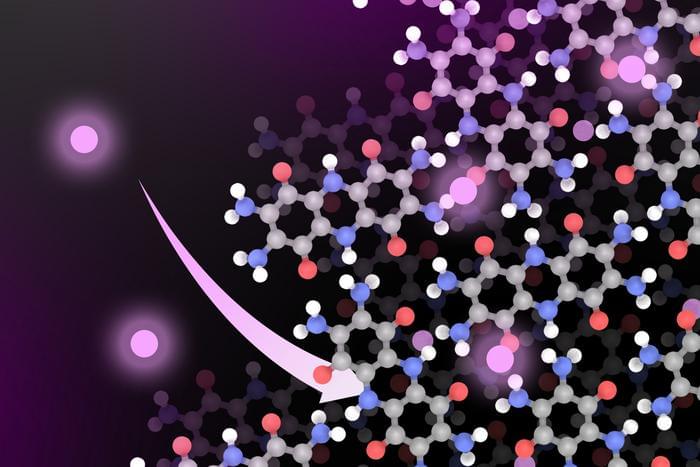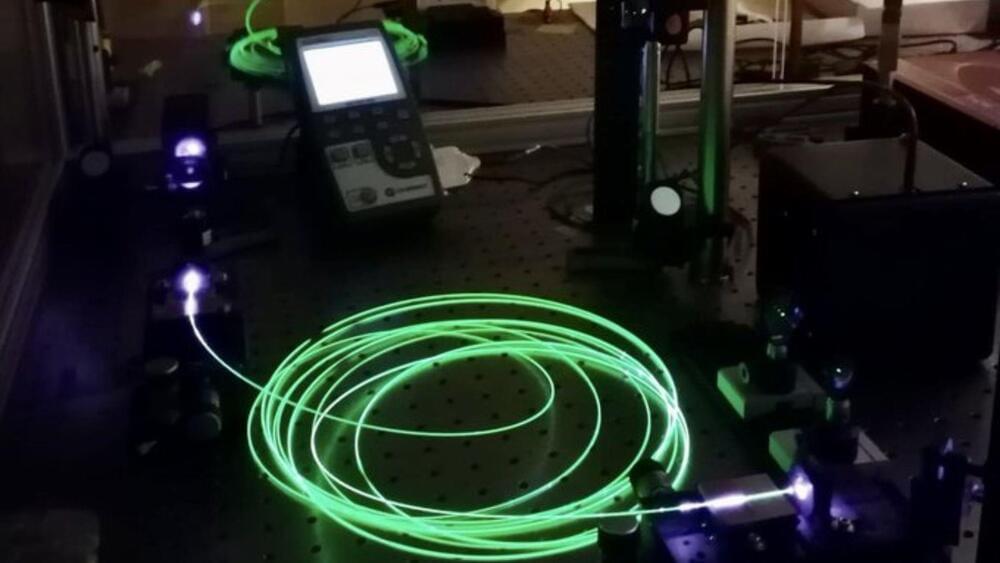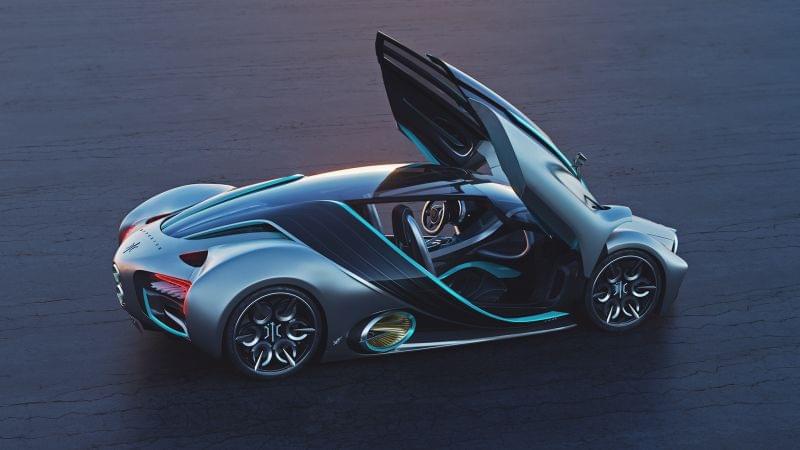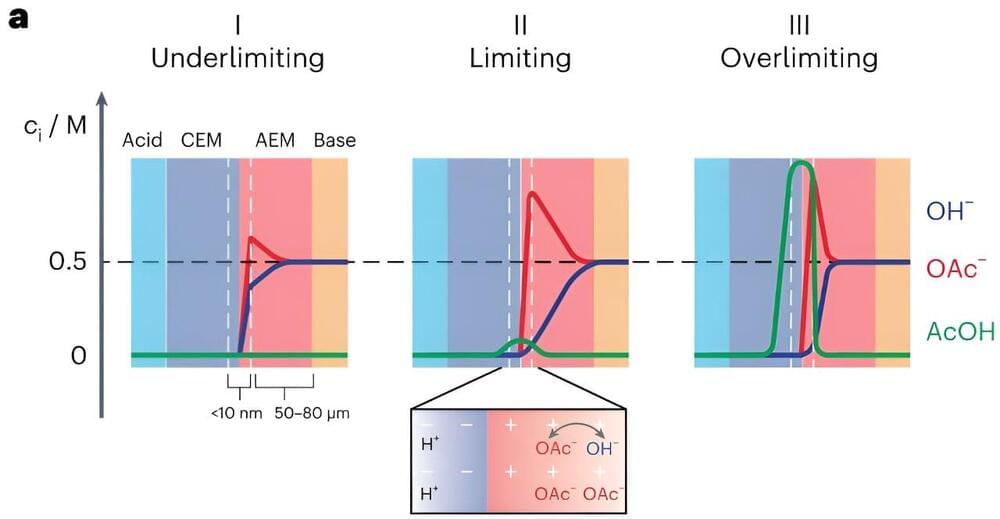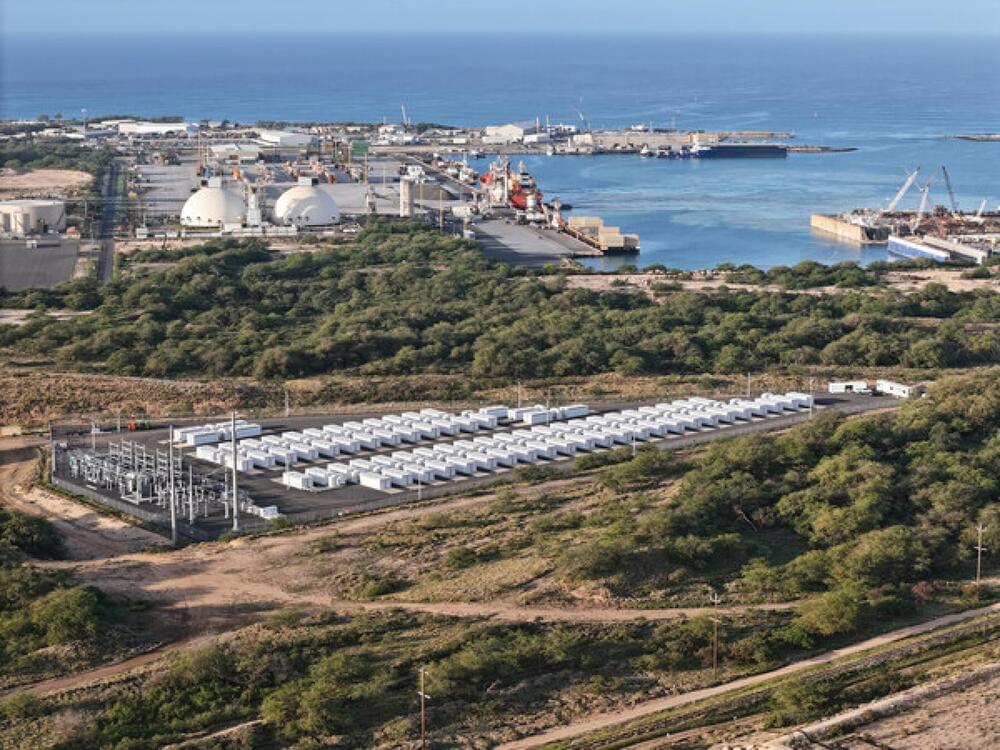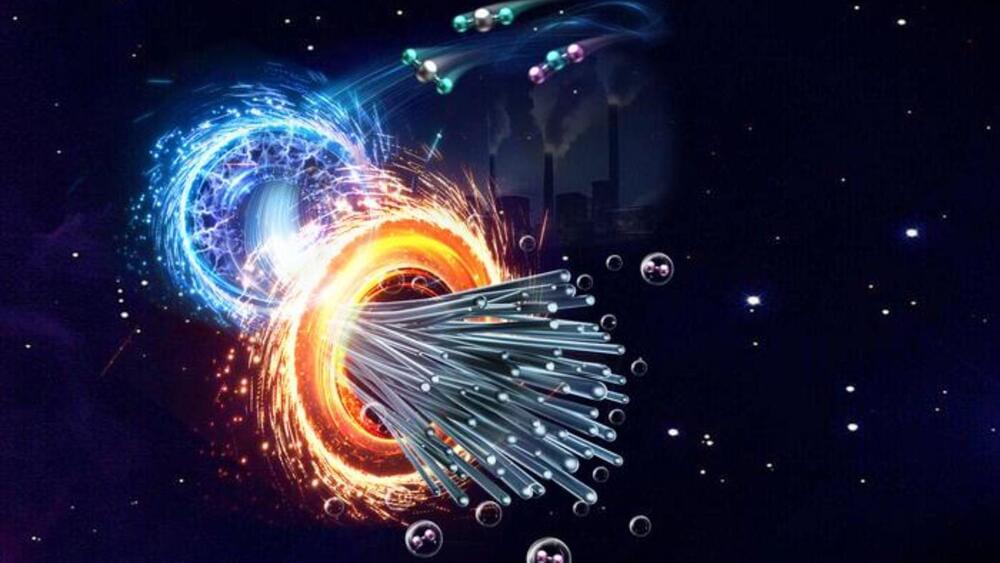Archive for the ‘energy’ category: Page 58
Jan 18, 2024
Revolutionizing Electric Car Batteries: MIT’s Cost-Efficient, Cobalt-Free Solution
Posted by Laurence Tognetti, Labroots Inc. in categories: energy, sustainability, transportation
“I think this material could have a big impact because it works really well,” said Dr. Mircea Dincă. “It is already competitive with incumbent technologies, and it can save a lot of the cost and pain and environmental issues related to mining the metals that currently go into batteries.”
Electric vehicles (EVs) have become a household name in the last few years with several companies fighting to compete in the everchanging EV landscape as EV technology continues to improve in cost, efficiency, and the materials used to manufacture the batteries responsible for sustaining this clean energy revolution. While EV batteries have traditionally used cobalt for their battery needs, a recent study published in ACS Central Science discusses how organic cathode materials could be used as a substitute for cobalt for lithium-ion batteries while potentially offering similar levels of storage capacity and charging capabilities, as cobalt has shown to be financially, environmentally, and socially expensive.
“Cobalt batteries can store a lot of energy, and they have all of features that people care about in terms of performance, but they have the issue of not being widely available, and the cost fluctuates broadly with commodity prices,” said Dr. Mircea Dincă, who is a W.M. Keck Professor of Energy at MIT and a co-author on the study.
Jan 18, 2024
EU breakthrough laser beams could power nanosatellites in space wirelessly
Posted by Gemechu Taye in categories: energy, nanotechnology, satellites
The research project demonstrated a power output of 20 watts using a fiber-optic laser and aims to increase this to kilowatts in the future.
The main goal of the WiPTherm project was to create an innovative wireless energy transfer system that could recharge energy storage components on micro and nano-sized satellites.
The IFIMUP was tasked with developing thermoelectric sensors capable of absorbing light at 1,550 nm and using them to charge energy storage devices.
Continue reading “EU breakthrough laser beams could power nanosatellites in space wirelessly” »
Jan 16, 2024
Researchers use light-reactive molecules to capture carbon dioxide
Posted by Gemechu Taye in categories: chemistry, energy
The new method from ETH Zurich departs from traditional carbon capture, relying on temperature or pressure, minimizing energy consumption.
The details of the study, led by Maria Lukatskaya, Professor of Electrochemical Energy Systems at ETH Zurich, were published in the journal ACS.
Acid switch
Continue reading “Researchers use light-reactive molecules to capture carbon dioxide” »
Jan 15, 2024
This hydrogen-powered supercar can drive 1,000 miles on a single tank
Posted by Quinn Sena in categories: energy, sustainability, transportation
Hyperion, a California-based company, has unveiled a hydrogen-powered supercar the company hopes will change the way people view hydrogen fuel cell technology.
The Hyperion XP-1 will be able to drive for up to 1,000 miles on one tank of compressed hydrogen gas and its electric motors will generate more than 1,000 horsepower, according to the company. The all-wheel-drive car can go from zero to 60 miles per hour in a little over two seconds, the company said.
Hydrogen fuel cell cars are electric cars that use hydrogen to generate power inside the car rather than using batteries to store energy. The XP-1 doesn’t combust hydrogen but uses it in fuel cells that combine hydrogen with oxygen from the air in a process that creates water, the vehicle’s only emission, and a stream of electricity to power the car.
Jan 15, 2024
Model outlines how ionic blockades influence energy recovery in forward bias bipolar membranes
Posted by Saúl Morales Rodriguéz in categories: chemistry, energy
Bipolar membranes (BPMs) are a class of ion-exchange membranes typically comprising a cation-and an anion-exchange layer. While these membranes have recently been integrated in various electrochemical devices for a wide range of application, the processes underlying their operation are not yet fully understood.
Researchers at the Massachusetts Institute of Technology (MIT) recently developed a new mechanistic model that explains the forward bias polarization mechanisms of BPMs in mixed electrolytes with varying acidities and basicities. Their model, introduced in Nature Energy, could guide the development of strategies to overcome the issue of ionic blockades, which can adversely impact the performance of forward bias BPM devices.
“We were initially trying to design an electrolyzer that converts carbon dioxide CO2 into useful feedstocks or fuels using bipolar membranes (BPMs),” Yogesh Surendranath, co-author of the paper, told Tech Xplore. “To provide a little context, CO2 electrolyzers are most efficient when operating with alkaline electrolyte solutions such as potassium hydroxide, but because CO2 is an acid gas, it reacts with alkaline solutions to produce carbonate solutions over time.”
Jan 15, 2024
2024 Shipping Regulations Require Weather Intelligence
Posted by Gemechu Taye in categories: energy, finance, information science
Winter in the northern hemisphere is always a brutal reminder for the shipping industry that routing vessels efficiently is a big challenge. Winter storms bring low visibility conditions, freezing spray, and sea ice, all of which can lead to catastrophic results if not appropriately navigated, including lost cargo, damaged hulls and even potentially toppling a ship in the most extreme weather. But this January adds additional pressures to the sector with new and enacted regulations around greenhouse emissions and carbon usages. The beneficial news is that in both scenarios, weather intelligence can help those navigating the open seas better plan and safely and efficiently navigate these waters.
While most of us know that weather impacts nearly every aspect of shipping, we likely think of it in terms of safety of people and cargo. According to The Swedish Club 2020 loss prevention report, heavy weather is cited in half of all claims and contributes to 80% of the financial losses. Weather optimized routing uses real-time weather forecasts, oceanic data, and the vessel’s current position to keep captains at sea and voyage managers on land about changing conditions. If there is hazardous weather, most voyage routing algorithms can make numerous calculations in real time and provide one or more alternatives for a ship operator to optimize a route. While ultimately this may not be the most efficient route, it will likely be the safest route for current conditions.
Weather intelligence is also critical in evaluating, and potentially adjusting, greenhouse gas emissions based on vessel performance and fuel usage. The Carbon Intensity Indicator (CII) introduced in 2023 is a rating framework that evaluates how efficiently a ship transports goods or passengers from a carbon emissions standpoint. This is the first year that ships will be assigned a rating. The data from the previous year is used in an efficiency conversion ratio. Each ship is assigned an individual CII rating from A to E, with A being the best possible rank.
Jan 13, 2024
World’s most advanced grid-scale energy storage system lights up in Hawaii
Posted by Gemechu Taye in categories: energy, sustainability
Learn about the Kapolei Energy Storage plant, the world’s most advanced battery energy storage system.
The KES batteries play a crucial role in reducing the curtailment of renewable energy by 69%, allowing Hawaiian Electric to integrate 10% more new utility-scale renewables than previously projected. Additionally, the project is estimated to save customers money, reducing electric bills by an average of $0.28 per month over a 20-year contract life.
The specifications of the KES plant include 135 MW / 540 MWH of capacity and energy, 50 MW / 25 MWH of additional ‘fast frequency response’ for grid stability, ‘virtual inertia’ to mimic the power-smoothing function of a spinning turbine, and ‘black start’ capabilities for grid recovery during blackouts.
Continue reading “World’s most advanced grid-scale energy storage system lights up in Hawaii” »
Jan 12, 2024
Ask Ethan: Why doesn’t radiation dominate the Universe?
Posted by Shubham Ghosh Roy in categories: energy, space
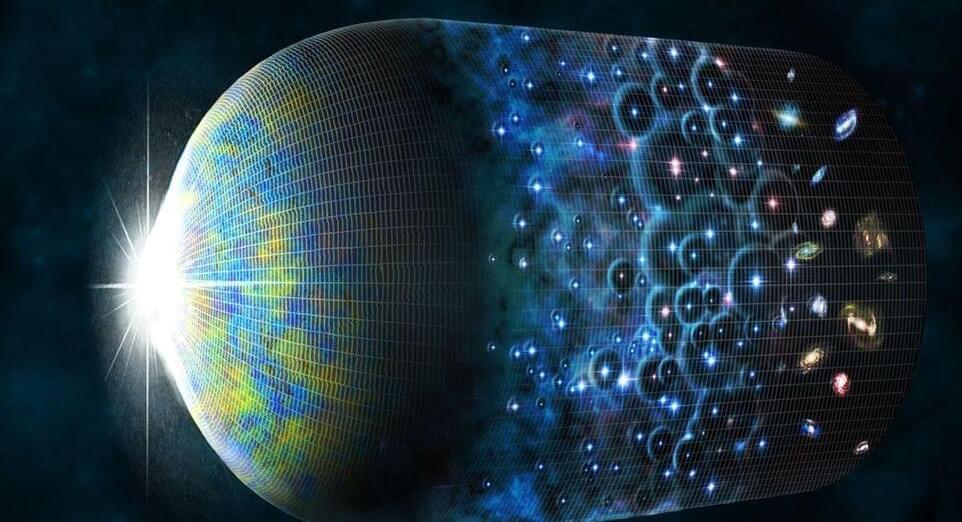
For every proton, there were over a billion others that annihilated away with an antimatter counterpart. So where did all that energy go?
Jan 12, 2024
Researchers trap CO2 from air into nanofibers to prevent its release
Posted by Gemechu Taye in categories: chemistry, energy, sustainability
The two-step process also produces hydrogen gas as a by-product, which could also be used as a zero-emission fuel.
“We are looking at active sites and how these sites are bonding with the reaction intermediates,” said Ping Liu of Brookhaven’s Chemistry Division. “By determining the barriers, or transition states, from one step to another, we learn exactly how the catalyst is functioning during the reaction.”
The researchers found that the iron-cobalt alloy works sequentially in the second stage and gets pushed to the side as the nanofiber grows. Using this information, the team could leach the catalysts using acid and reuse them again. If the entire process could be fueled by renewable energy, the process would be a carbon-negative approach to CO2 mitigation.
Continue reading “Researchers trap CO2 from air into nanofibers to prevent its release” »

